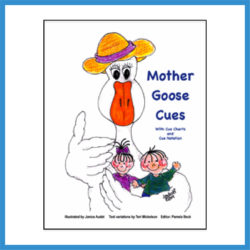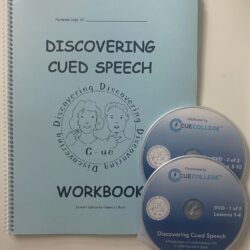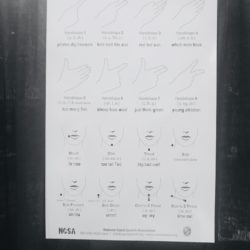Description
Deaf and hard-of-hearing students form a specific group of foreign language learners. They need to use foreign languages just like their hearing peers if they want to enjoy the same benefits of globalization and technical advancements of today, yet they cannot take part in the same foreign language education. As sign language users, lip-readers or persons relying on hearing aids or cochlear implants in their everyday communication, they need special support in learning a foreign language.
This book has been written by teachers and researchers involved in teaching English as a foreign language (EFL) to deaf and hard-of-hearing students in various different European countries, including the Czech Republic, France, Hungary, Norway, Poland, and Serbia. The chapters mirror both the authors’ personal journeys through this field and give insight into various aspects of empirical research into the foreign language acquisition of hearing-impaired learners. They discuss mainly the issue of specific methodology for teaching EFL vocabulary, grammar, reading, writing and speaking to deaf and hard-of-hearing persons and the challenge of effective communication during the classes via sign language, cued speech or the oral approach. Special chapters are also devoted to EFL teachers’ experience in special schools for the deaf.
Editor(s):
Ewa Domagała-Zyśk, Edit H. Kontra
Contributors
Michelle Sala, Stefania M. Maci, Giuseppe Palumbo, Iva Urdarevic, Jitka Sedlackova, Patricia Pritchard, Anna Podlewska, Katalin Piniel, Katalia Piniel, Anna Nabialek, Nuzha Moritz, Monika Malec, Beata Gulati, Joanne Falkowska, Ewa Domagala-Zysh, Ewa Domagala-Zysh;






Reviews
There are no reviews yet.